The Intelligent Neuroprosthetics Group is at the forefront of advancing prosthesis solutions for individuals with upper limb differences. Their expertise lies in the integration of state-of-the-art technologies, employing neuromusculoskeletal modeling and pattern recognition to develop innovative and patient-centric machine learning models. By harnessing these advanced computational methods, the group aims to create a new paradigm in prosthetics, characterized by enhanced functionality and adaptability.
The group’s approach involves the utilization of human-in-loop systems, allowing for a comprehensive examination of prosthesis mechanisms in the context of various activities of daily living. This methodology not only refines the understanding of how prosthetic devices function in real-world scenarios but also enables the development of tailored solutions that align with the unique needs of individual users.
Driven by a commitment to improving the quality of life for those with upper limb differences, the Intelligent Neuroprosthetics Group operates at the intersection of biomechanics, machine learning, and patient-centric design. Their cutting-edge work represents a significant stride towards a future where prosthetic technologies seamlessly integrate with the user’s natural movements and contribute to a more inclusive and empowered experience for individuals with upper limb differences.
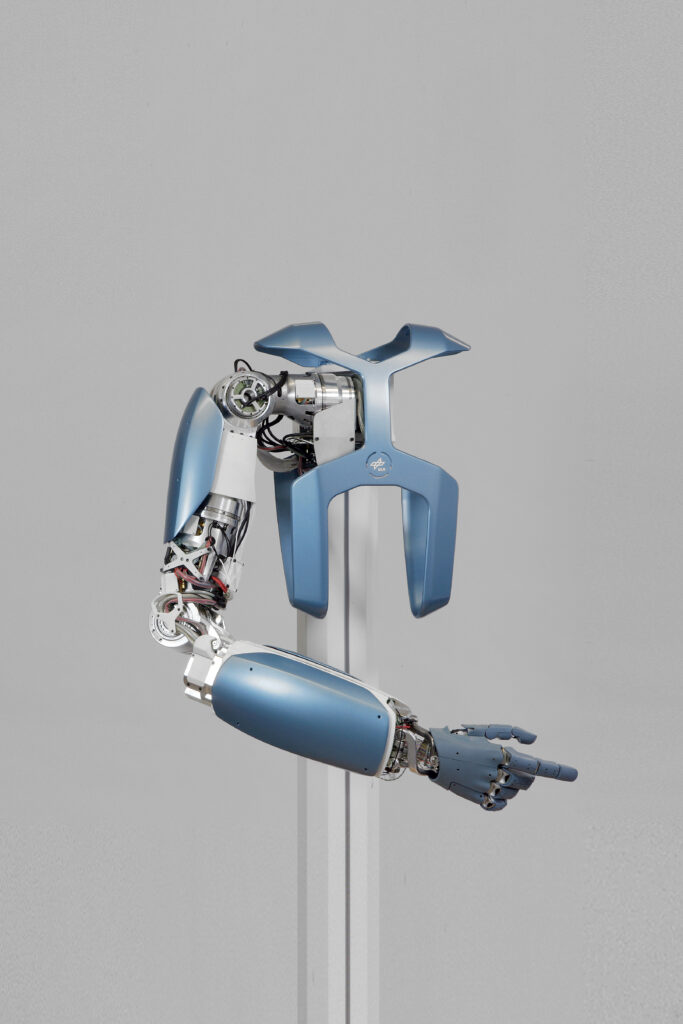




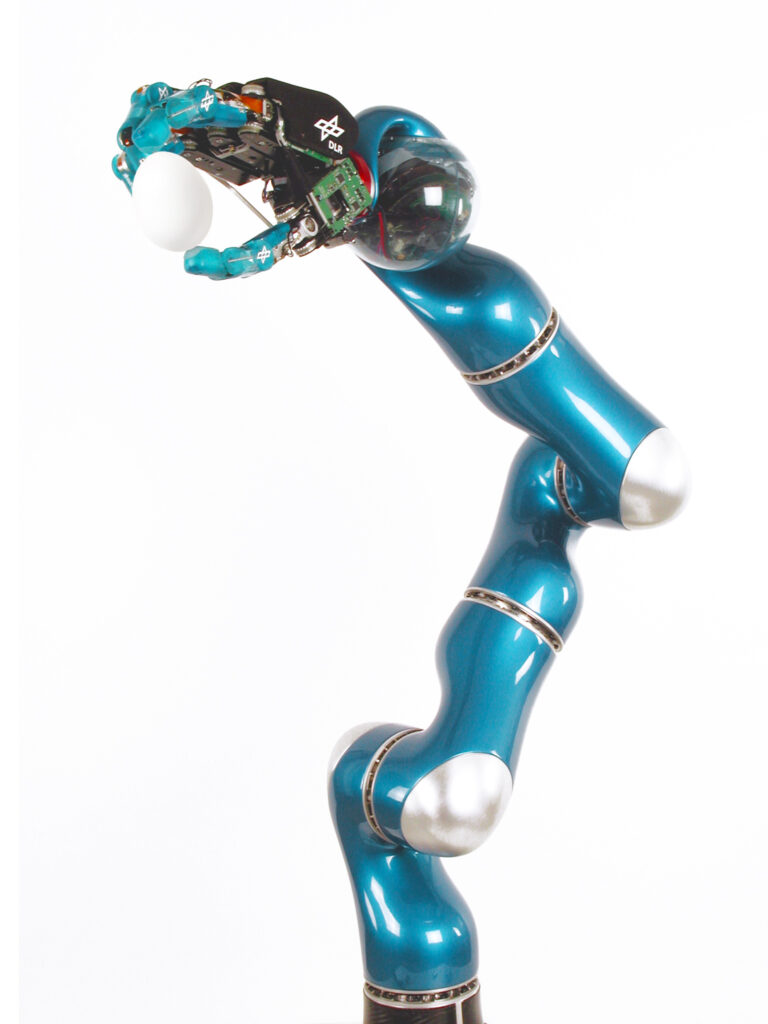
The field of prosthetics robotics involves the design, development, and implementation of robotic devices to replace or enhance the functionality of lost or impaired limbs. This interdisciplinary study combines elements of robotics, biomechanics, and materials science to create advanced prosthetic solutions that aim to restore natural movement and improve the quality of life for individuals with limb loss or dysfunction. Researchers in prosthetics robotics strive to integrate cutting-edge technologies, such as artificial intelligence and sensors, to create more intuitive and responsive prosthetic devices that closely mimic the capabilities of human limbs. This field represents a crucial intersection of engineering and healthcare, with the ultimate goal of providing individuals with limb disabilities greater mobility, autonomy, and a higher level of participation in daily activities.

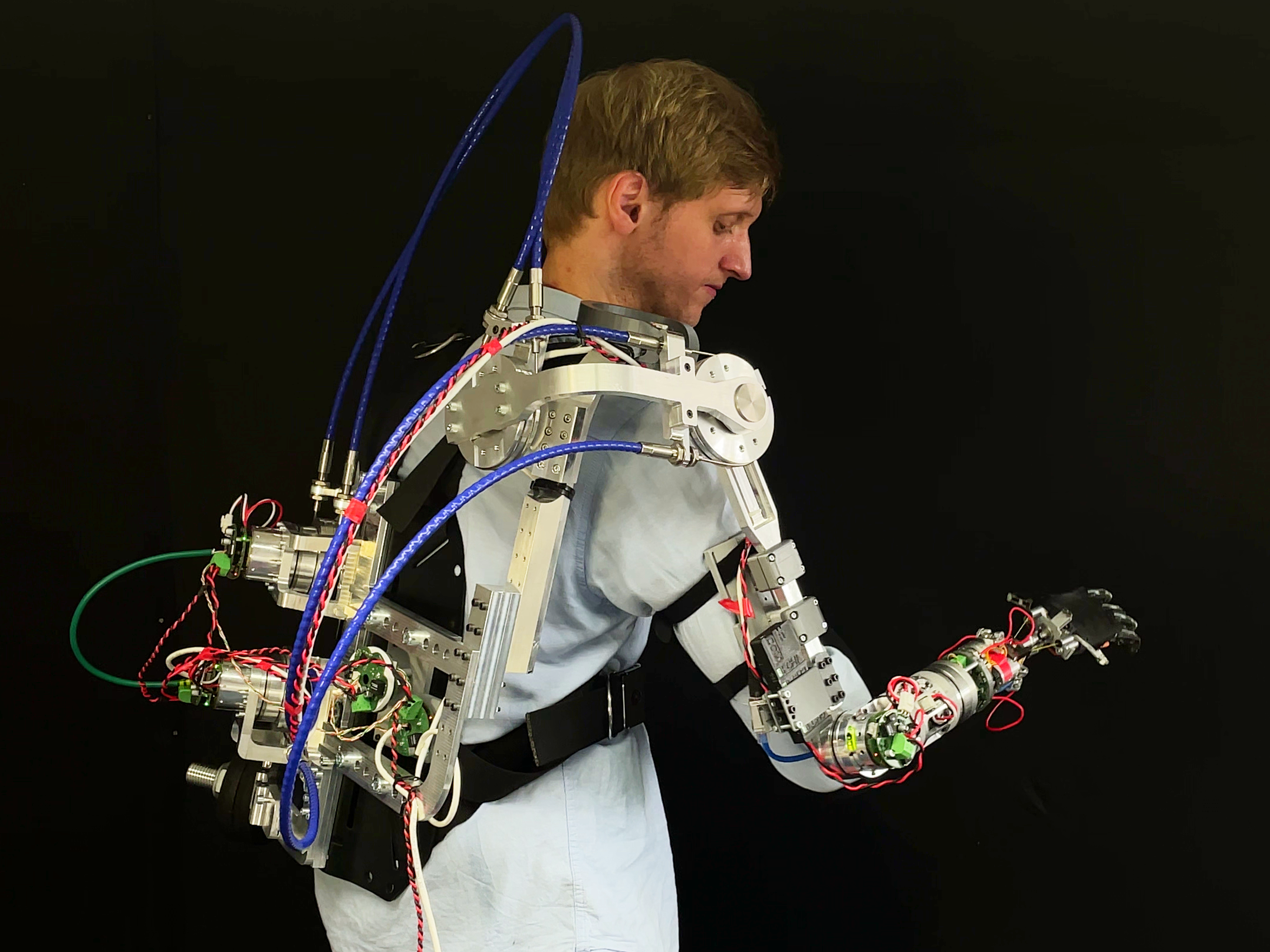
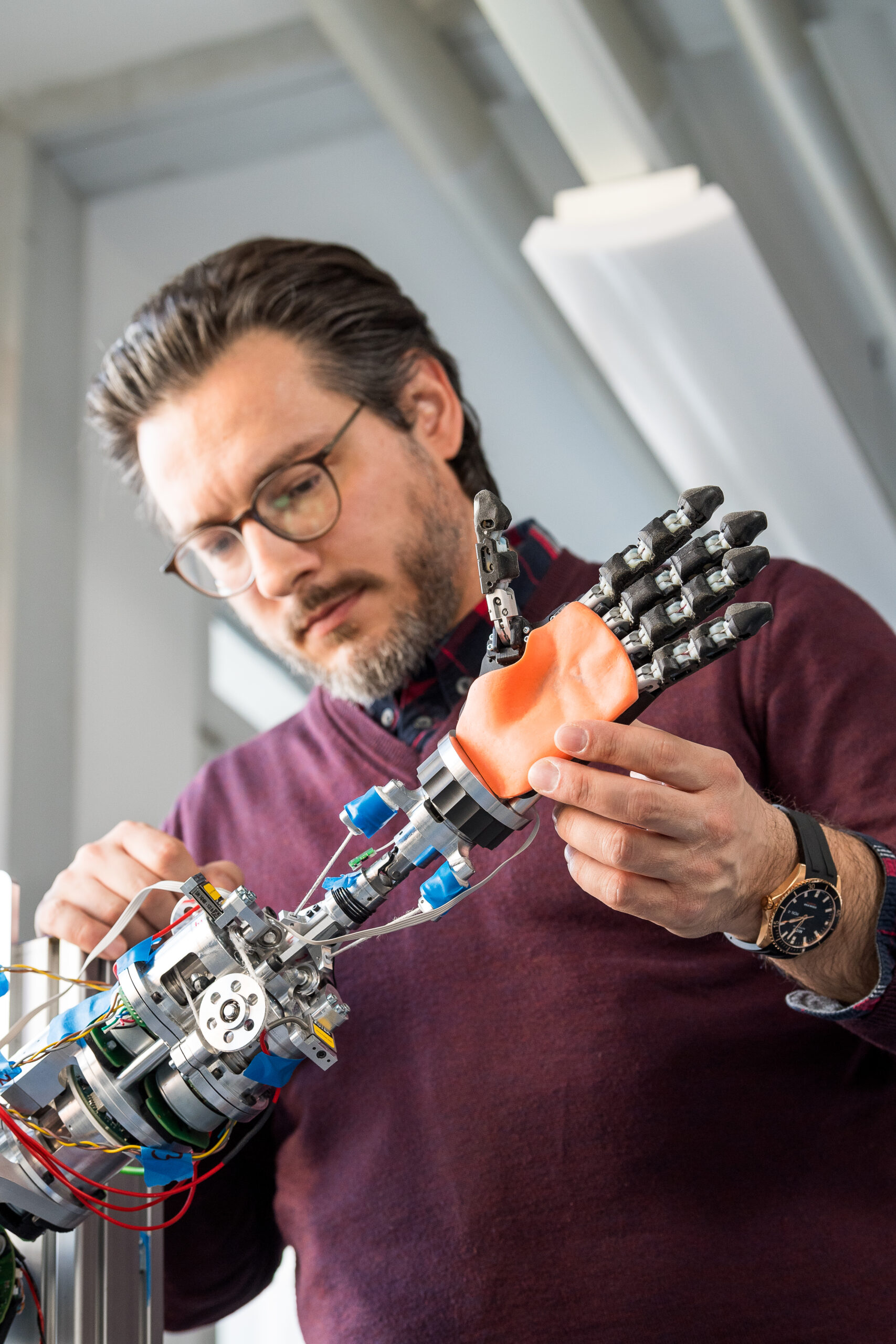
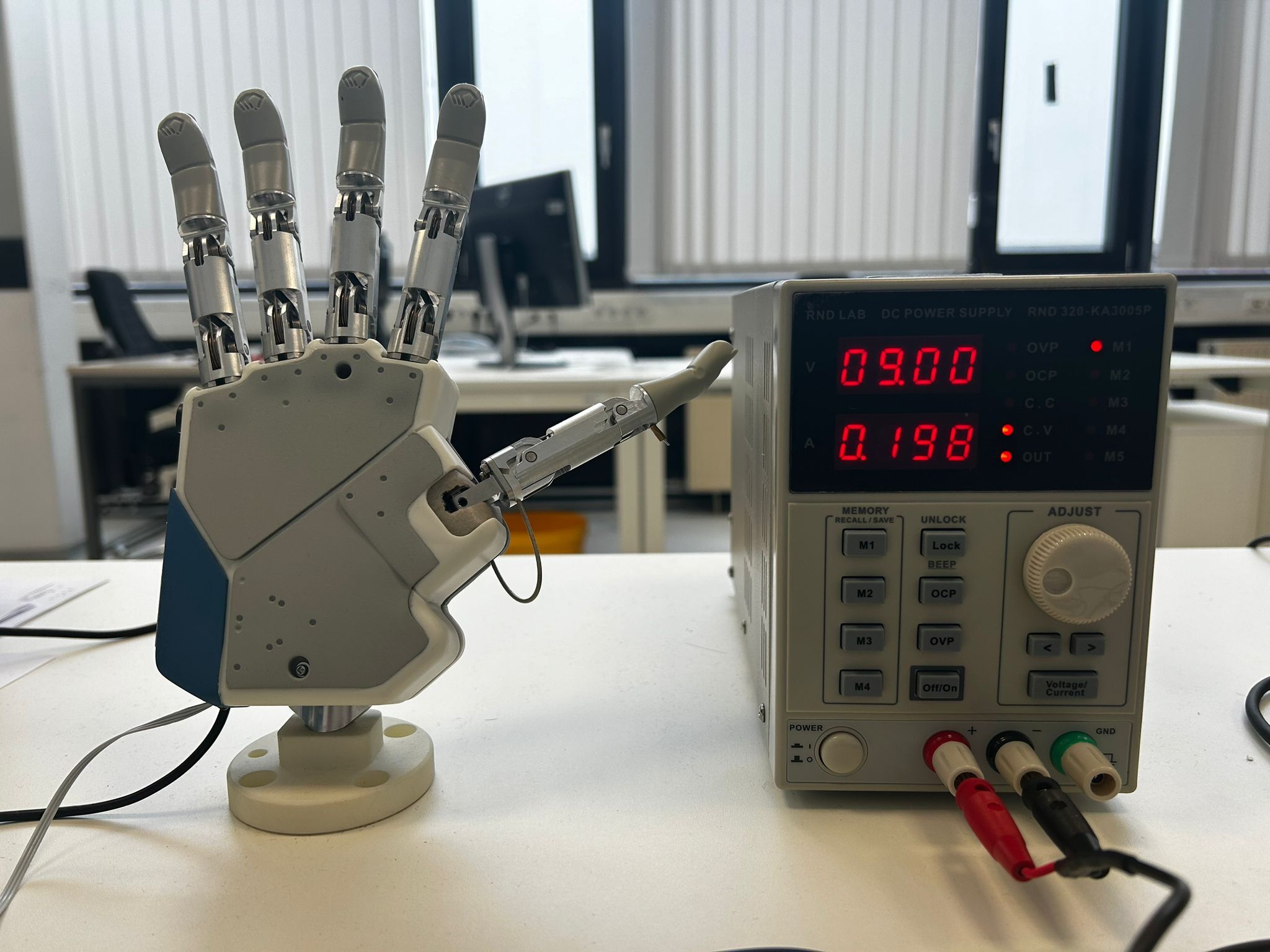
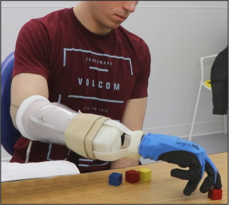
Bionic Hands Design
Technological advancements have led to the development of dexterous bionic hands and sensory-motor interfaces that try to replicate the extraordinary functionalities of biological limbs thanks to the combination of multiple actuators, sensors and advanced myoelectric control algorithms. However, in the last few decades, many robotics research groups have focused on minimalist design approaches: while retaining many of the advantages of anthropomorphic design, a principled simplification in both design … [+]

Myoelectric Control Strategies
Our lab is actively involved in developing novel myoelectric control strategies that can enhance the performance and functionality of upper limb prostheses. We use surface electromyography (sEMG) to detect the electrical signals generated by muscles during voluntary contractions, and use these signals to control the movement of the prosthetic hand. Most commercial solutions used today in prosthetics are equipped with several degrees of actuations (DoA), controlled through switching techniques, as… [+]
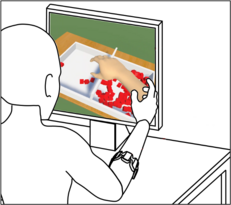
Virtual Reality for Neurorehabilitation
An additional goal is to explore the rehabilitation experience using virtual reality systems (i.e. immersive virtual reality) and provide innovative solutions to patients. VR offers a highly immersive and engaging environment that can provide patients with a more motivating and enjoyable experience. Our research focuses on developing customized VR-based rehabilitation programs that target specific motor and cognitive functions. [+]